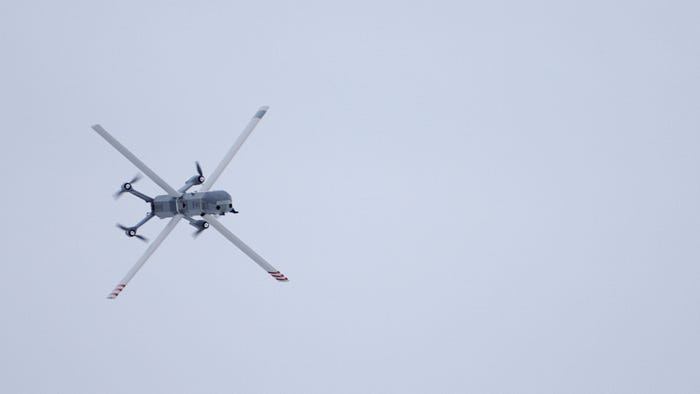Germany Calls For a Drone Wall on NATO’s Eastern Flank
Including across Ukraine. But how would it work?
Gundbert Scherf isn’t mincing words. The CEO of German defense AI firm Helsing just dropped a bold proposal: NATO could erect a drone wall along its eastern flank within a year.
Not a metaphorical wall.




